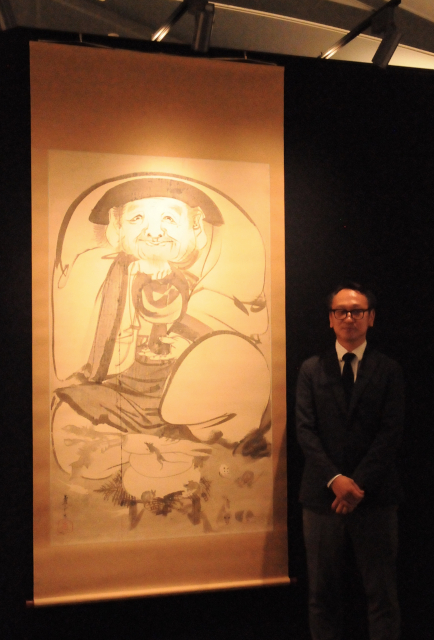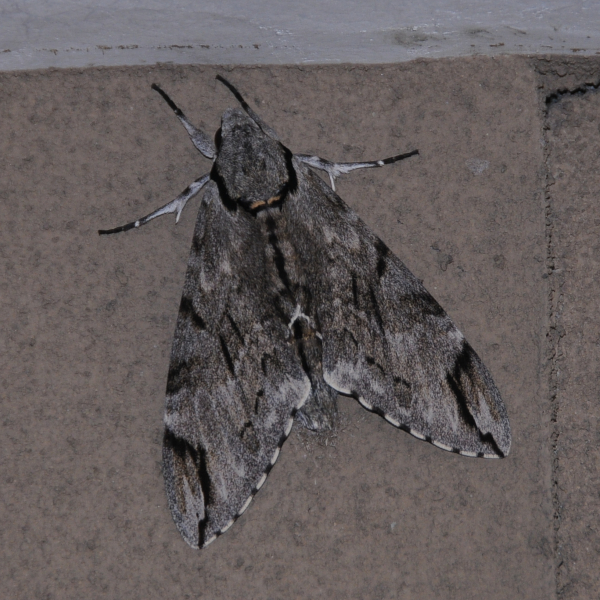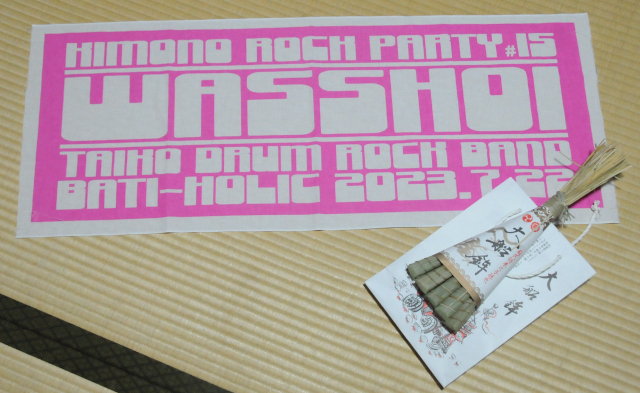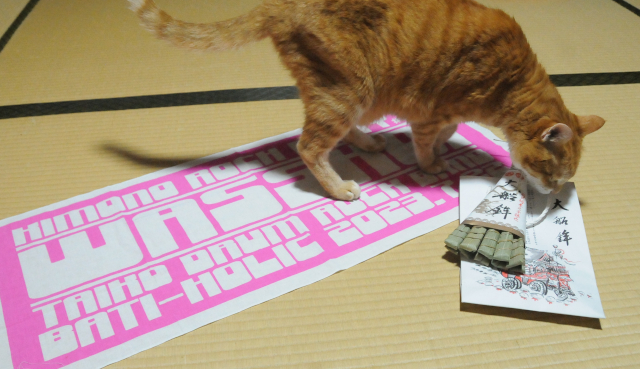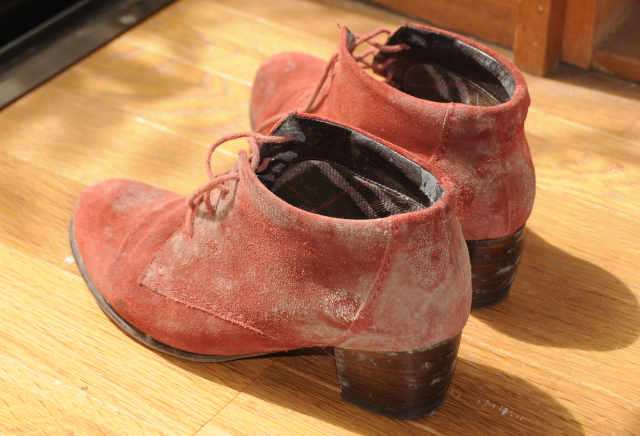Over the quiet and hot days of summer, I had some time for smaller improvements in the house. I can’t afford anything substantial, but it’s nice to clean things up a little and make them look better at least.
First thing: I painted my toilet. Directly opposite the door was an old hole with an anchor still inside, and every time I had to use the toilet in the evening, it scared me a little. It was just the right size and dirty color for a small spider…
So, out came putty and paint, and because the toilet is very small, this turned out to be the perfect project to finish over the weekend. The walls now look much smoother than before, except for a small bit where the previous owner tried to close a crack with something that feels like glue and the paint didn’t stick properly on top of that. I’ll have to go over this spot once again.
I also closed some other holes in the stairwell, but I’m out of paint now, so the final finish will have to wait. Also, I’ll need to figure out how to reach all the walls in the stairwell without falling to my death while painting, so we’re probably looking at some time next spring.
Second thing: I mended some tears in the fusuma in the upstairs living room. This didn’t turn out as well as I had hoped, mostly because are essentially hollow inside. They use the same underlying wooden frame as shoji, just with opaque paper on both sides. In other words, without any firm ground to glue the paper onto, it’s really hard to fix torn fusuma paper properly.

Many people just stick some paper on top of the hole, but even though this is easier, I don’t think it looks as neat. And since my fusuma are already anything but clean, there’s no need to bring any further attention to that. To me, it still looks better now.
I would love to say that I made some progress in my garden, but I didn’t. Even though I trimmed some smaller trees in spring, other plants took advantage of the increased light and shot up to new heights. Not to mention the prolific vines I have in one end of my garden that seem to be difficult to kill. I would have to weed almost weekly to get rid of those, I guess. Well, it’s getting cooler now, so I can give it yet another try…


